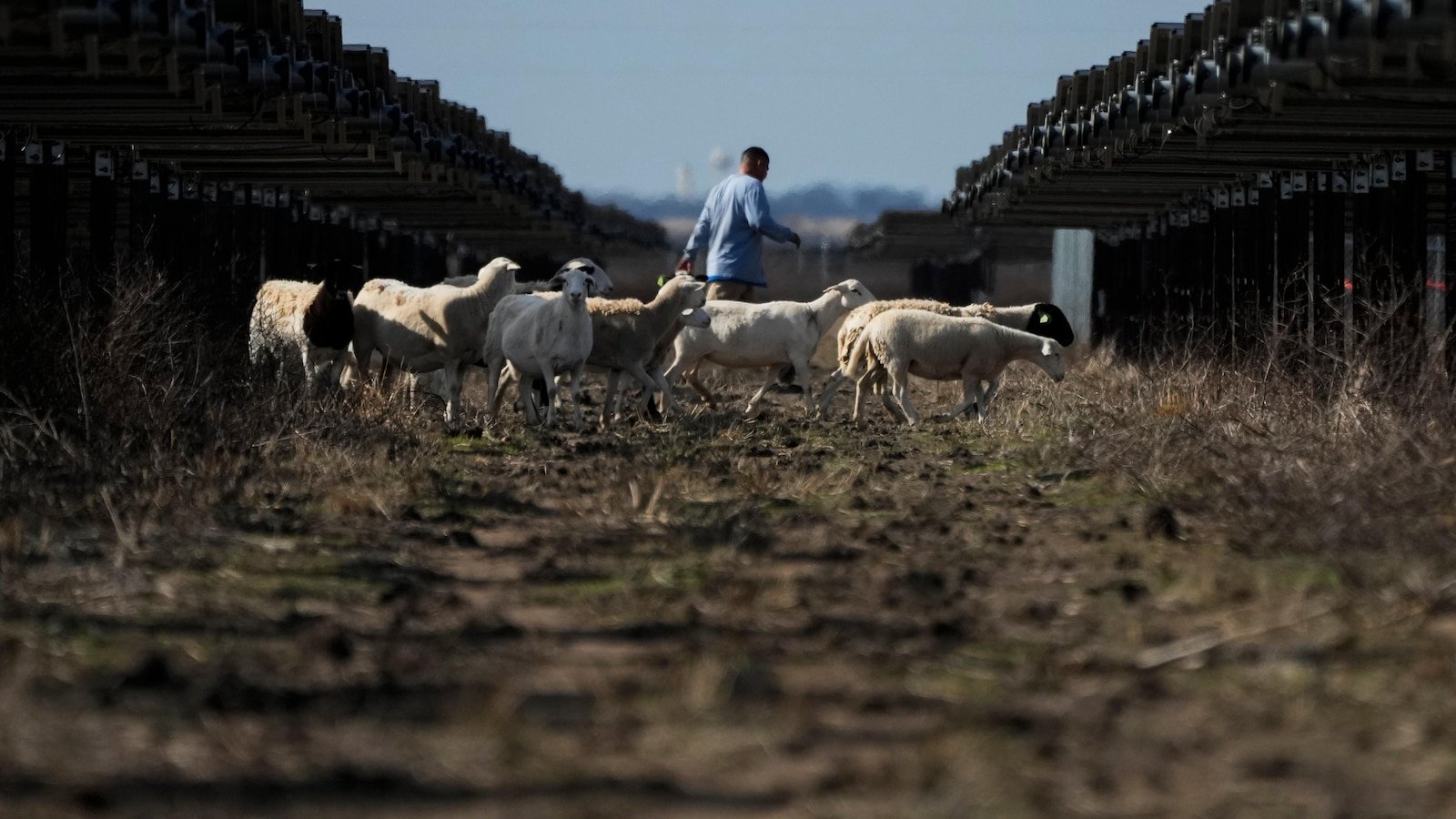- cross-posted to:
- economics
- cross-posted to:
- economics
“Just the growth has been kind of crazy for us,” said Howard, who named his company Texas Solar Sheep. “It’s been great for me and my family.”
Some agriculture experts say Howard’s success reflects how solar farms have become a boon for some ranchers.
Reid Redden, a sheep farmer and solar vegetation manager in San Angelo, Texas, said a successful sheep business requires agricultural land that has become increasingly scarce.
“Solar grazing is probably the biggest opportunity that the sheep industry had in the United States in several generations,” Redden said.
The response to solar grazing has been overwhelmingly positive in rural communities near South Texas solar farms where Redden raises sheep for sites to use, he said.



Out of curiosity how much difference does sticking solar panels across the land make to the growth rate of the grass? I think its pretty common in the UK, the grass needs to be cut somehow and may as well get sheep to munch away on it.
Its a whole field called agrivoltaics.
As expected, plants get more shade from solar panels. Most grasses prefer sun, so it likely slows growth except in hotter climates that would kill most grass.
Crops that prefer shade will generally grow faster with the panels than than without.
Ahh fair point about shade potentially helping some too. Probably helps grass grow in areas where it would otherwise be too hot. Not an issue we have in the UK, but I can see parts of America having that problem.
Swiss (central europe) here, vegetables have up to 20% more harvest, because it gets too hot for them in summer and shading from solar helps.
Wouldn’t veg be hard to harvest around panels? Which is why grazing animals are used instead. Sheep can easily get around the panels and being smaller than cows are less likely to damage them.